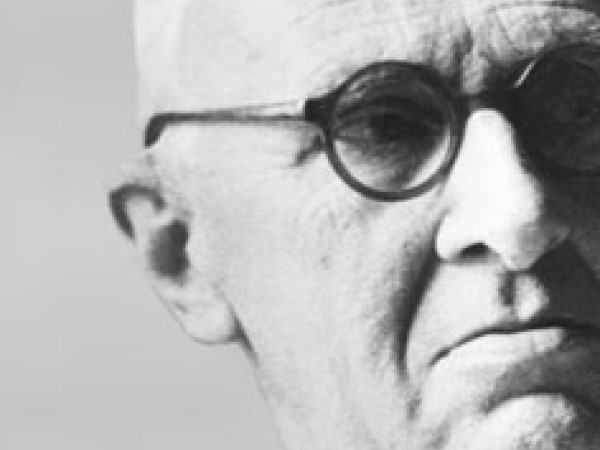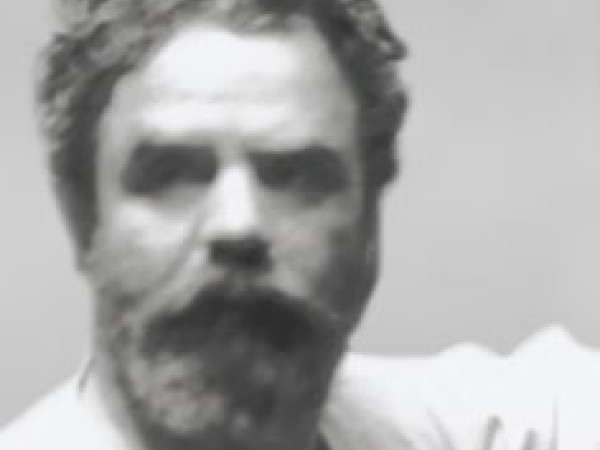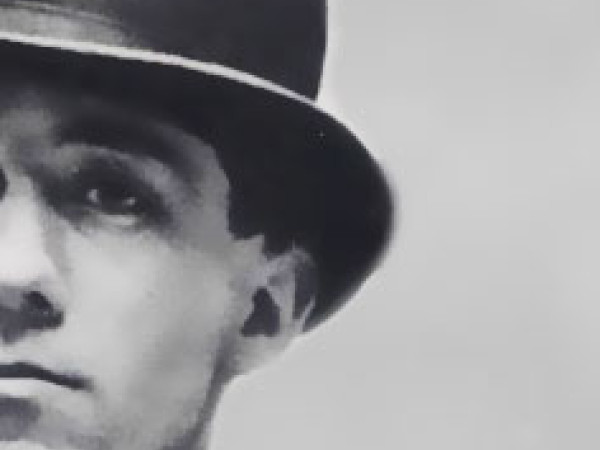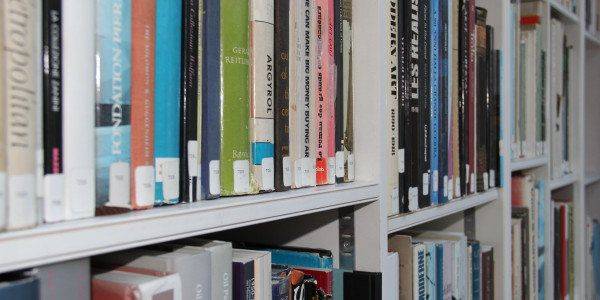The Estorick Collection brings together some of the finest and most important works created by Italian artists during the first half of the twentieth century, and is Britain’s only museum devoted to modern Italian art.
It is perhaps best known for its outstanding core of Futurist works. Founded in 1909 by the poet F. T. Marinetti, Futurism was Italy’s most significant contribution to twentieth-century European culture. Marinetti wanted to break with the oppressive weight of Italy’s cultural heritage and develop an aesthetic based on modern life and technology, particularly speed and the machine. His impassioned polemic immediately attracted the support of the young Milanese painters Umberto Boccioni, Carlo Carrà and Luigi Russolo, who wanted to extend Marinetti’s ideas to the visual arts. They were joined by the painters Gino Severini and Giacomo Balla, and together these artists represented Futurism’s first phase. The acknowledged Futurist masterpieces of the Collection are drawn from this pioneering period (1909-16) and include Boccioni’s Modern Idol, Carrà’s Leaving the Theatre, Russolo’s Music, Severini’s The Boulevard and Balla’s The Hand of the Violinist.
However, many other artists whose work features in the Collection were not associated with this movement at all. These include Amedeo Modigliani – famous for his graceful, elongated portraits and figure studies – who is represented by a fine series of drawings and the late oil portrait of Dr François Brabander. Giorgio de Chirico, the founder of Metaphysical Art, whose enigmatic, dreamlike imagery was to exert a profound influence on the Surrealists, is represented by the important early work The Revolt of the Sage.
In addition, there is a large number of paintings and drawings by Mario Sironi and Massimo Campigli. Sironi was briefly affiliated with Futurism, but in the 1920s went on to become the leading artist of the Novecento movement during the Fascist era. Campigli’s painting was strongly influenced by Etruscan art. His painterly vision and friendship with Estorick means that his works hold a special place in the Collection, as do those of Zoran Music, whose atmospheric landscapes were inspired by his travels in Italy and Dalmatia. Estorick also knew Giorgio Morandi, and the museum owns a remarkable series of etchings and drawings that span the artist’s entire career.
A number of sculptors are also represented in the Collection, including Medardo Rosso, whose wax and plaster sculpture Impressions of the Boulevard: Woman with a Veil (1893) is the earliest work on display. On the death of Rodin in 1917, Rosso was hailed as ‘the greatest living sculptor’ by the French writer and critic Apollinaire. The collection also contains works by Emilio Greco, Giacomo Manzù and Marino Marini, the latter two artists being credited with bringing about the rebirth of Italian sculpture in the twentieth century.
Eric Estorick (1913-93) was an American sociologist and writer who began seriously to collect works of art after he came to live in England following the Second World War. Born in Brooklyn, Estorick studied at New York University during the early 1930s. It was there that he discovered The Gallery of Living Art in Washington Square College, a remarkable collection containing masterpieces by Picasso, Léger, Miró and Matisse which was to inspire him to become a collector himself.
Find out more...
The Estorick Collection is housed in a beautiful Georgian building previously known as Northampton Lodge. It was constructed between 1807 and 1810 by the entrepreneur Henry Leroux of Stoke Newington, who leased a plot of land from the Ninth Earl of Northampton in 1803 to build a series of house.
Find out more...
The Estorick Collection Library holds a large number of volumes relating to twentieth-century Italian Art. It is open to researchers and Members of the Estorick by appointment.
Find out more...






















